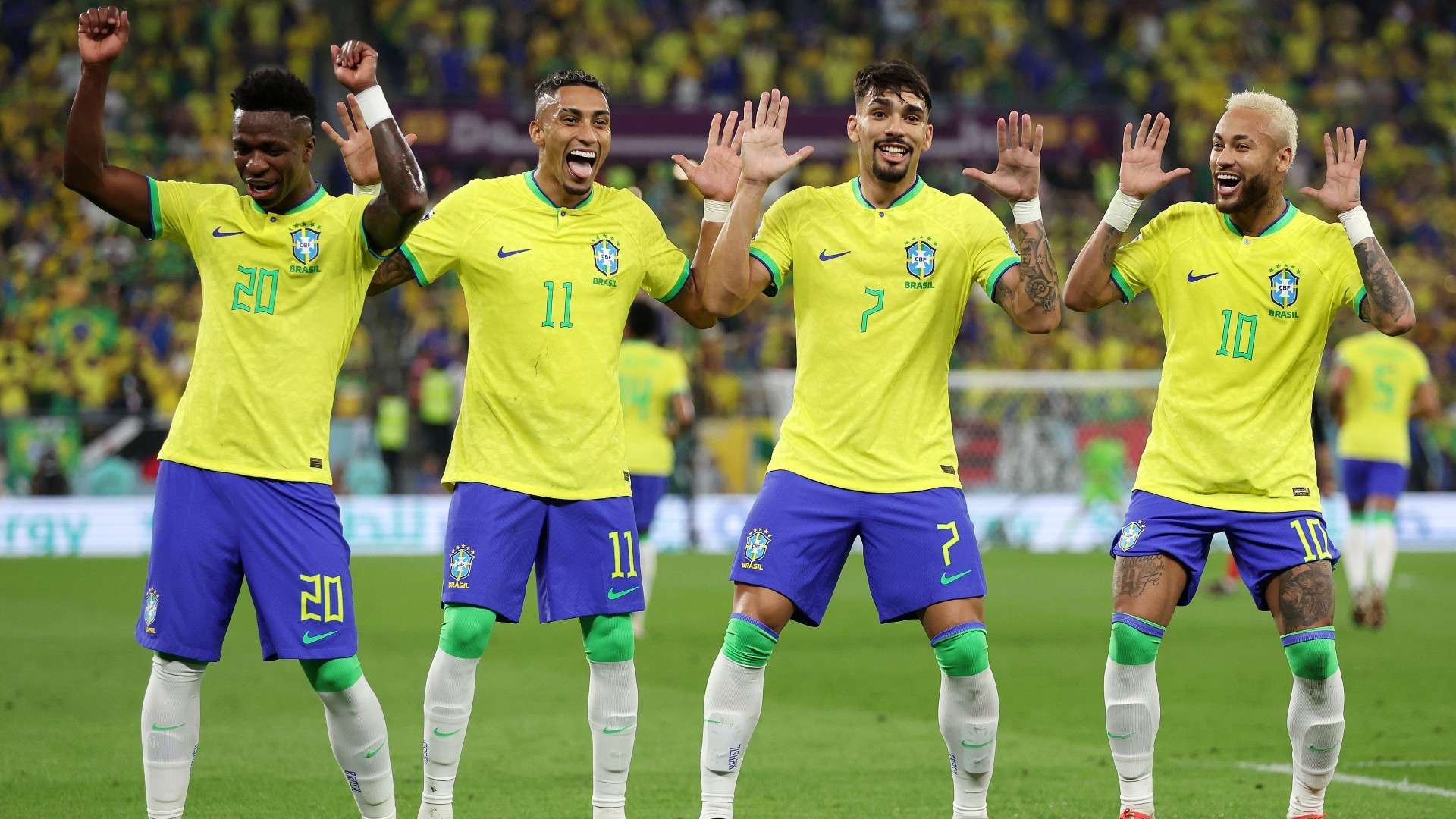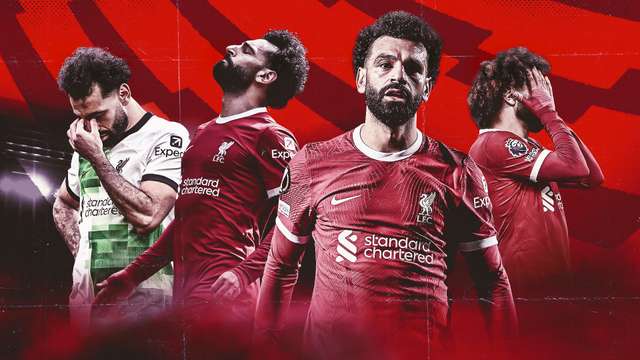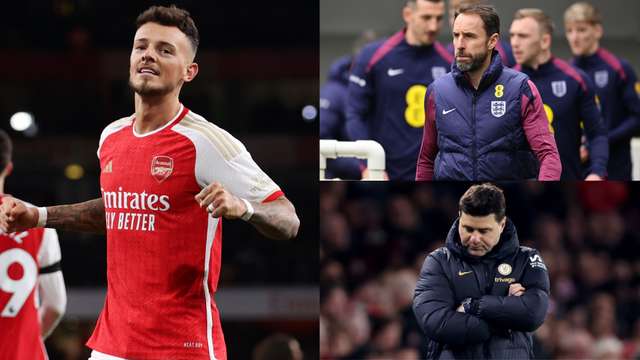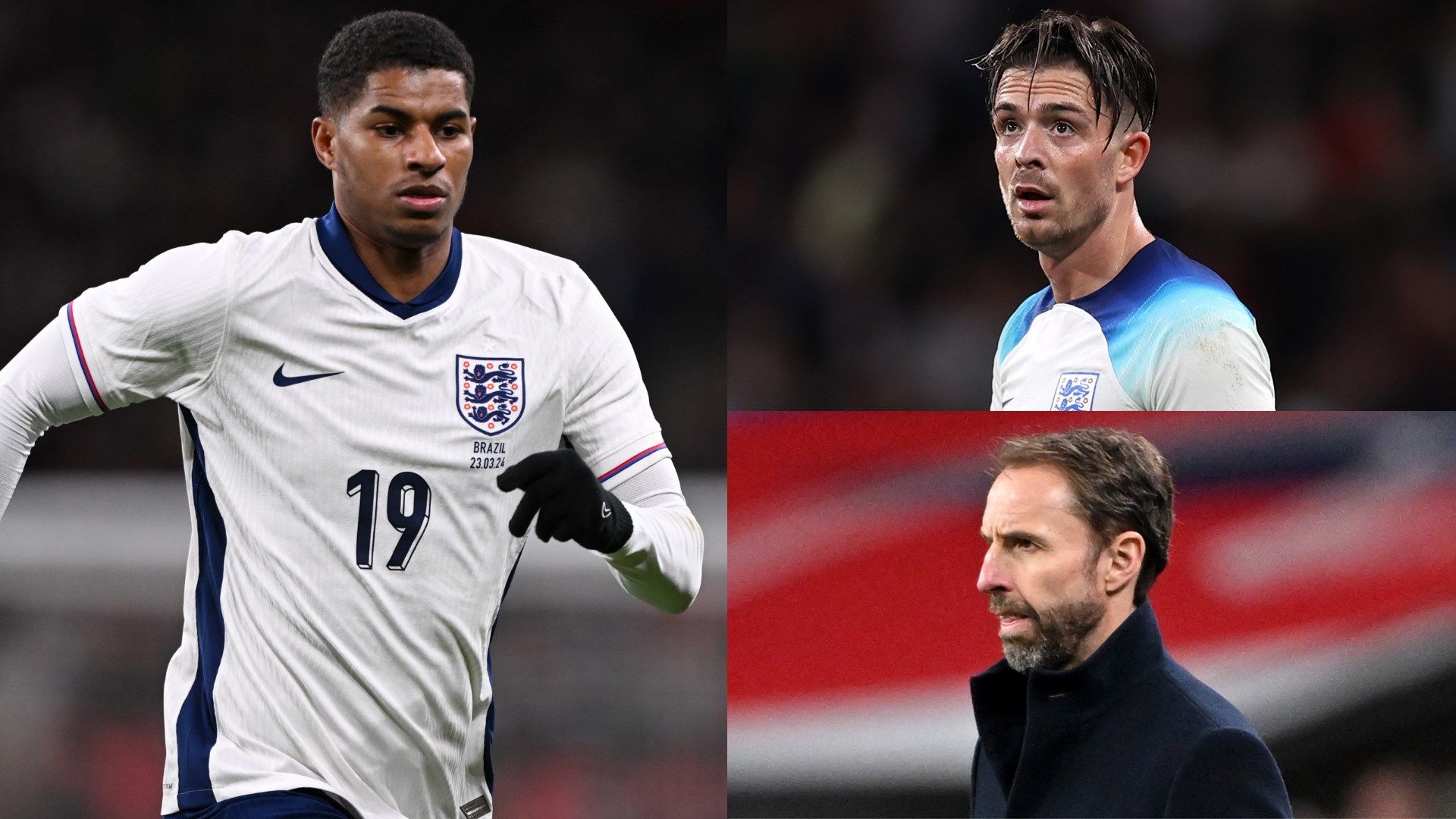What is the samba soccer style that the Brazil national football team are so famed for?
The Selecao are renowned for a way of playing football which has been dubbed the 'samba soccer'. If you've tuned into a World Cup over the past half a century, you may be familiar with the term. The likes of Pele, Ronaldinho and Neymar have all embodied the art form of Samba, on the world stage.
But how exactly do you define it and where did it all begin? GOAL explains.
What is samba soccer (ginga)?
Samba soccer is a style of football that is heavily influenced by varying aspects of Brazilian culture.
It is also known as 'ginga', which translates to 'swing' or 'sway' in English. Sway perhaps encapsulates what we're used to seeing from Brazil teams over the years more literally.
Playing with ginga is to perform with a certain level of swagger, arrogance and style. Brazilian players are famous for performing some of the most audacious skills and this is driven by their samba soccer identity.
More specifically, samba's influences can be broken down into two primary elements:
- A martial art called Capoeira: an ancient technique originating from Angola, including skills such as kicking, headbutting, deception and evasion.
- The samba dance: a solo dance that is mostly performed standing with a straight leg movement involving a slight bending of the knees.
The way many Brazilians dribble, for example, moving slowly forward with minimal contact on the ball, is a reflection of samba dance. Similarly, explosive movements to evade an oncoming challenge or to deceive an opponent with a body change, are emblematic of Capoeira.
Samba dancing in football
Brazilian players often use dance as their celebration of choice, when a goal is scored. Whether it is solo or as part of a group, the feel-good vibes and sense of enjoyment is palpable.
For example, Brazil rejoiced in their 4-1 defeat of South Korea in the last 16 of the 2022 World Cup by celebrating each goal with a dance, including one which saw head coach Tite participate.
However, it was not universally well-received on that occasion, with former Manchester United captain Roy Keane suggesting it was disrespectful to the opposition. "It's 4-0 and they are doing it every time. I don't mind the first kind of jig, whatever they're doing, it's the one after that," Keane told ITV. "And then the manager getting involved with it. No I'm not happy with it, I don't think it's good at all."
Dancing to celebrate a goal is not a phenomenon that is limited to Brazil. At Italia '90, Cameroon striker Roger Milla famously wiggled next to the corner flag. He did the same four years later, at USA '94. Papa Bouba Diop celebrated his goal for Senegal against France, in 2002, by performing a mbalax dance with his teammates.
While some may view it as disrespectful, dance is intrinsically linked with football, particularly so in Brazil. It is likely that samba will continue being passed down from one generation to the next, as it has since done since the 1930s.




.jpg?auto=webp&format=pjpg&width=640&quality=60)